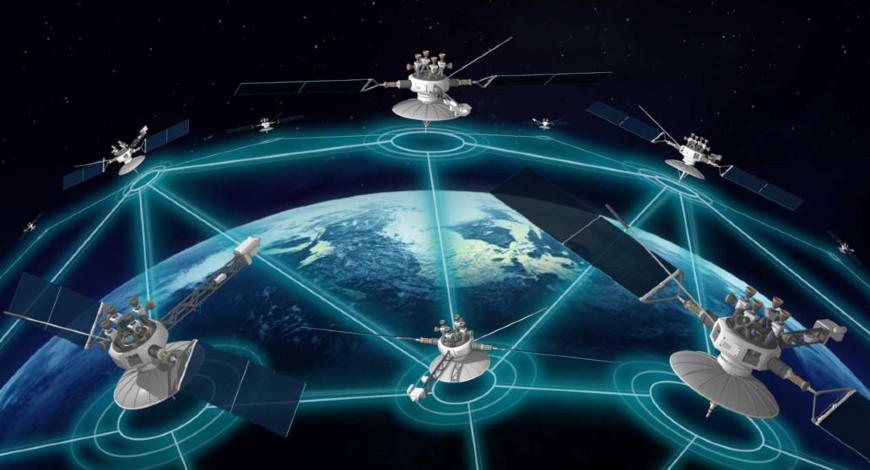Trends
Global LEO satellite market to grow USD19.8B by 2026

The LEO satellite market is projected to grow from USD 9.6 billion in 2021 to USD 19.8 billion by 2026, at a CAGR of 15.5 %, according to ReportsnReports. LEO satellite systems hold a huge potential for satellite data service providers, small sat service providers, remote sensing service providers, technical service providers, and investors. The market is one of the most lucrative verticals of the space industry. Factors such as versatility, low cost, advanced mechanics, ease of assembly and launch, mass production, and short lifecycles have driven investments in the LEO Satellite Market. The amount of satellite data and the range of applications for that data will continue to grow in the future as new technologies develop and more satellites come online.
Major manufacturers in this market are based in North America and Europe. L3Harris Technologies (US), Honeywell International Inc.(US), Airbus (Germany), SpaceX (US), Northrop Grumman (US) are among a few leading players operating in the LEO satellite market.
The COVID-19 pandemic has caused significant damage to the economic activities of countries across the world. The manufacturing of LEO satellite systems, subsystems, and components has also been impacted. Although satellite systems are critically important, disruptions in the supply chain have halted their manufacturing processes for the time being. Resuming manufacturing activities depends on the level of COVID-19 exposure, the level at which manufacturing operations are running, and import-export regulations, among other factors. While companies may still be taking in orders, delivery schedules may not be fixed.
Based on satellite type, the small satellite segment is expected to lead the LEO satellite market from 2021 to 2026
A small satellite is a type of low mass and compact satellite primarily employed for remote sensing, Earth observation, and communication purposes. These satellites usually weigh less than 500 kg. Small satellites are used for in-orbit inspection purposes of larger satellites. These are also used as test carriers for newly developed components that are to be installed on a much critical satellite. However, small satellites are prone to operational challenges that include lack of power storage and propulsion system, owing to their small dimensions. In January 2022, satellite communications provider, Starlink launched a part of constellation of small satellites in LEO.
Based on application, the communication segment is expected to lead the LEO satellite market from 2021 to 2026
LEO satellites are increasingly being adopted in modern communication technologies. The introduction of wireless satellite internet and development of miniature hardware systems are exploiting numerous opportunities in the field of satellite-enabled communication. A rise in R&D activities for communication-related missions is expected to offer enhanced quality communication systems with the help of highly sophisticated miniaturized onboard nano, micro, and mini subsystems, coupled with advanced mission-compatible ground-station technology.
Based on region, North America is expected to lead the LEO satellite market from 2021 to 2026
The US is a lucrative market for LEO satellite systems in the North American region. The US government is increasingly investing in advanced LEO satellite technologies to enhance the quality and effectiveness of satellite communication. The increasing investment on satellite equipment to enhance defense and surveillance capabilities of the armed forces, modernization of existing communication in military platforms, critical infrastructure and law enforcement agencies using satellite systems, are key factors expected to drive the LEO satellite market in North America. In 2021, Swarm Technologies launched 28, 0.25U Cube Sat Space BEE. The Cube Sat is the world’s smallest two-way communications satellites for IoT.
The break-up of the profile of primary participants in the LEO satellite market:
- By company type: Tier 1 – 35%, Tier 2 – 45%, and Tier 3 – 20%
- By designation: C Level – 35%, Director Level – 25%, and Others – 40%
- By region: North America – 30%, Europe – 20%, Asia Pacific – 25%, Middle East & Africa – 15%, Latin America – 10%.
Communications Today






You must be logged in to post a comment Login